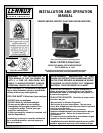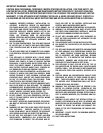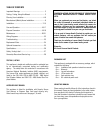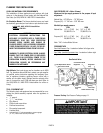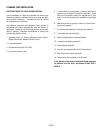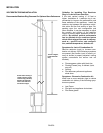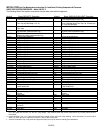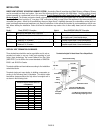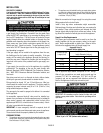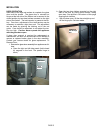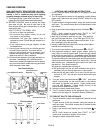PLANNING YOUR INSTALLATION
PAGE 5
QUESTIONS TO ASK THE LOCAL BUILDING OFFICIAL
Correct installation is critical and imperative for reducing fire
hazards and perilous conditions that can arise when gas appli-
ances function improperly. The appliance must be installed
per manufacturers’ instructions.
Gas appliance equipment and installations must conform to
appropriate local codes and applicable state and federal re-
quirements. Familiarity with these requirements before instal-
lation is essential. Important considerations to discuss with
local building officials include:
1. Applicable codes (i.e. Uniform Mechanical Code, State or
Regional Gas Codes, National Fuel Gas Code)?
2. Local amendments?
3. Recognized testing lab: CSA / AGA.
4. Is a permit required - cost?
5. In some states or municipalities, a licensed gas fitter or
plumber may be required to install this appliance. Check
with your local building official for requirements in your
area (i.e. Is a license required for installation of gas supply
line)?
6. Maximum amount of gas pipe without a pressure test -
type of test required?
7. Are below grade penetrations of the gas line allowed?
8. Is concealed gas piping allowed?
9. Specific requirements of concealed fittings?
10. Is rigid pipe to appliance required?
11. Allowed piping materials?
12. Shut-off valve required within 4 feet of the firebox?
13. May the shut-off valve be concealed?
14. Rooms where the installation is not allowed?
In the absence of local codes, installation should conform to
the National Fuel Gas Code, also known at ANSI Z223.1-
NFPA 54.



